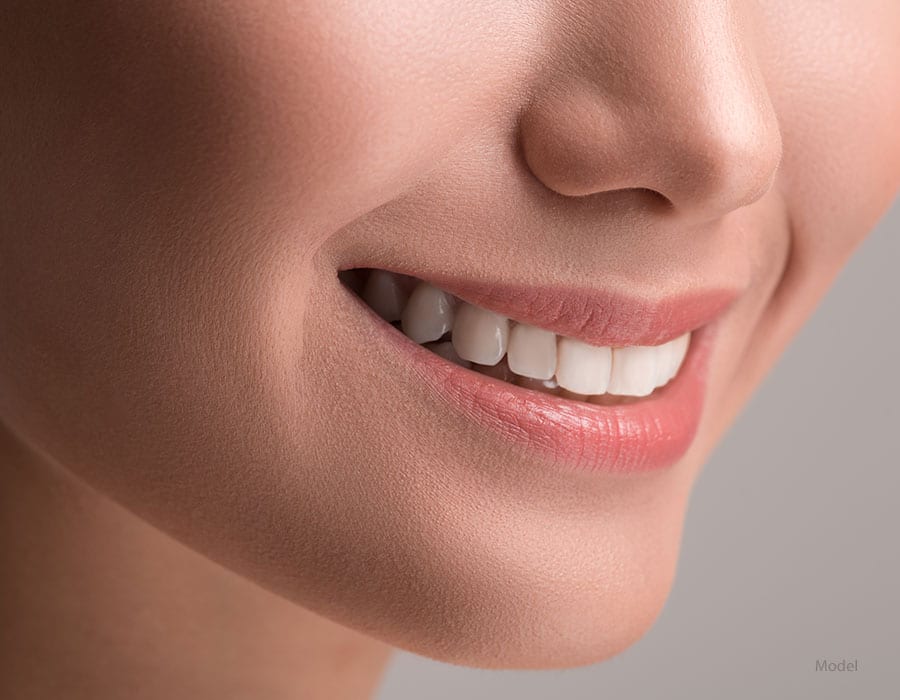Emergency Dentistry in Los Angeles
Most dental concerns develop unexpectedly and at the most inopportune times, such as on weekends, holidays, or in the middle of the night. While some dental issues can wait until the morning or even a few days, others require immediate attention. Emergency dentistry treats severe dental conditions that cannot wait for regular business hours.
Candidates
While any dental pain may feel like an emergency, many situations can wait without causing further damage. Before you rush into your dentist for an emergency appointment, ask yourself the following questions:
- Are you in severe pain that prevents you from concentrating or participating in other activities?
- Are you experiencing bleeding that does not stop?
- Have you lost a tooth that could potentially be saved?
- Are there signs of an infection?
- Do you have a loose tooth?
What Is a Dental Emergency?
Emergency dentistry alleviates severe pain so that patients can continue to meet professional and family responsibilities. A dental emergency is defined as any situation in which prompt and immediate treatment will preserve the tooth and its function or reduce the risk of a severe infection. Common dental emergencies include:
Trauma-Induced Tooth Loss
When a healthy tooth is lost due to facial trauma, there is a possibility that the tooth can be saved and preserved if action is taken quickly enough. Carefully rinse your tooth, taking precautions not to touch the tooth root, and gently insert the tooth back into the socket for protection until you can get to the dentist. This will prevent any bacteria from reaching the tooth root. The quicker you get in, the better chance there will be to save the tooth.
Abscess
An abscess is a severe and potentially life-threatening infection that develops in the tooth pulp or gum. An abscess is identified by a high fever, facial swelling, bumps or knots on the gum, and tender lymph nodes. If the infection is not treated immediately, it can spread to the jaw and surrounding tissues. Abscess treatment may involve root canal, extraction, or gum treatment depending on the location and severity of the infection.
Severely Cracked or Chipped Tooth
A severely cracked or chipped tooth is one that leads to excruciating pain. Severely cracked teeth often leave sharp fragments that can cause additional trauma to the inside of the mouth if they are not handled quickly. Clean your mouth with warm water and apply cold compresses to the outside of your cheek to reduce swelling.
Bleeding or Swelling in the Mouth
Bleeding and swelling are signs of a more severe and pressing dental emergency. You should seek immediate attention if you experience uncontrollable bleeding or increased swelling, as these can worsen if not treated.
Inflammation Around Wisdom Teeth
Pericoronitis occurs when plaque and food get trapped beneath the gum flap, causing inflammation and swelling around the erupting wisdom tooth. While this typically only requires irrigation around the tooth, it is considered to be a dental emergency because it can lead to additional swelling in the back of the mouth which can interfere with your ability to breathe if untreated.
A Loose Tooth
Adults should never have a loose tooth. This is often a sign of a severe underlying problem. A loose tooth should be examined right away.
Pulpitis
Pulpitis is an infection of the dental pulp. Pulpitis typically causes tooth sensitivity to extreme temperature changes, such as pain after eating hot or cold foods. The beginning stages of pulpitis are reversible; however, if pulpitis is not treated, it can worsen and require a root canal or tooth extraction.
What Is Not A Dental Emergency?
In many situations, dental problems are not as severe as patients fear, and can wait until regular business hours. Any problem that could potentially wait a couple of days is considered to be a non-emergency condition. Some of these concerns include:
A Cracked or Chipped Tooth
While severely cracked or chipped teeth are dental emergencies, many cracks and chips are not. If the tooth does not hurt and does not have sharp fragments that can cause additional harm to your mouth, you can postpone your appointment for a few days.
A Toothache
Typically, toothaches are not considered to be dental emergencies unless the pain is especially severe and prevents you from focusing on tasks and participating in activities, or there are signs of an abscess. For common toothaches, over-the-counter pain medication and cold compresses should suffice until you can schedule an appointment during regular business hours.
Loss of Filling or Crown
Unless the loss of a filling or a crown is creating an unusual amount of pain, which could be a sign of a more severe condition, there is no need for emergency dentistry. If you have lost a crown, you can try to repair it temporarily by using over-the-counter dental cement or dental adhesive.
Preventing Dental Emergencies
Dental pain will affect all people at some point. While there is no way to avoid dental emergencies entirely, you can reduce your risk by maintaining a proactive approach to your at-home oral hygiene and having routine, bi-annual check-ups with your dentist. Dr. Salamati will examine your teeth for any signs of decay, infection, gum disease, and loose fillings or crowns during these appointments.

